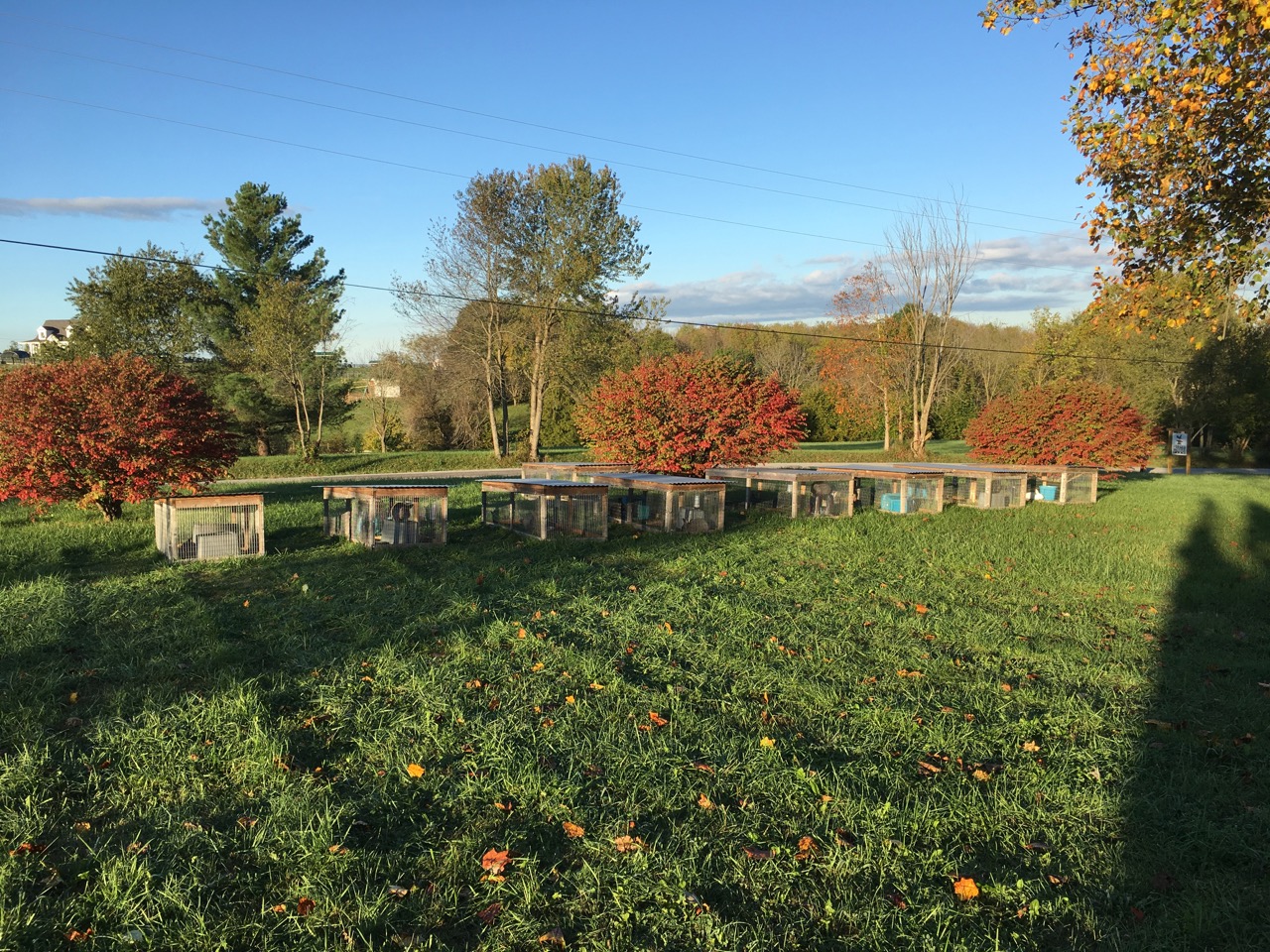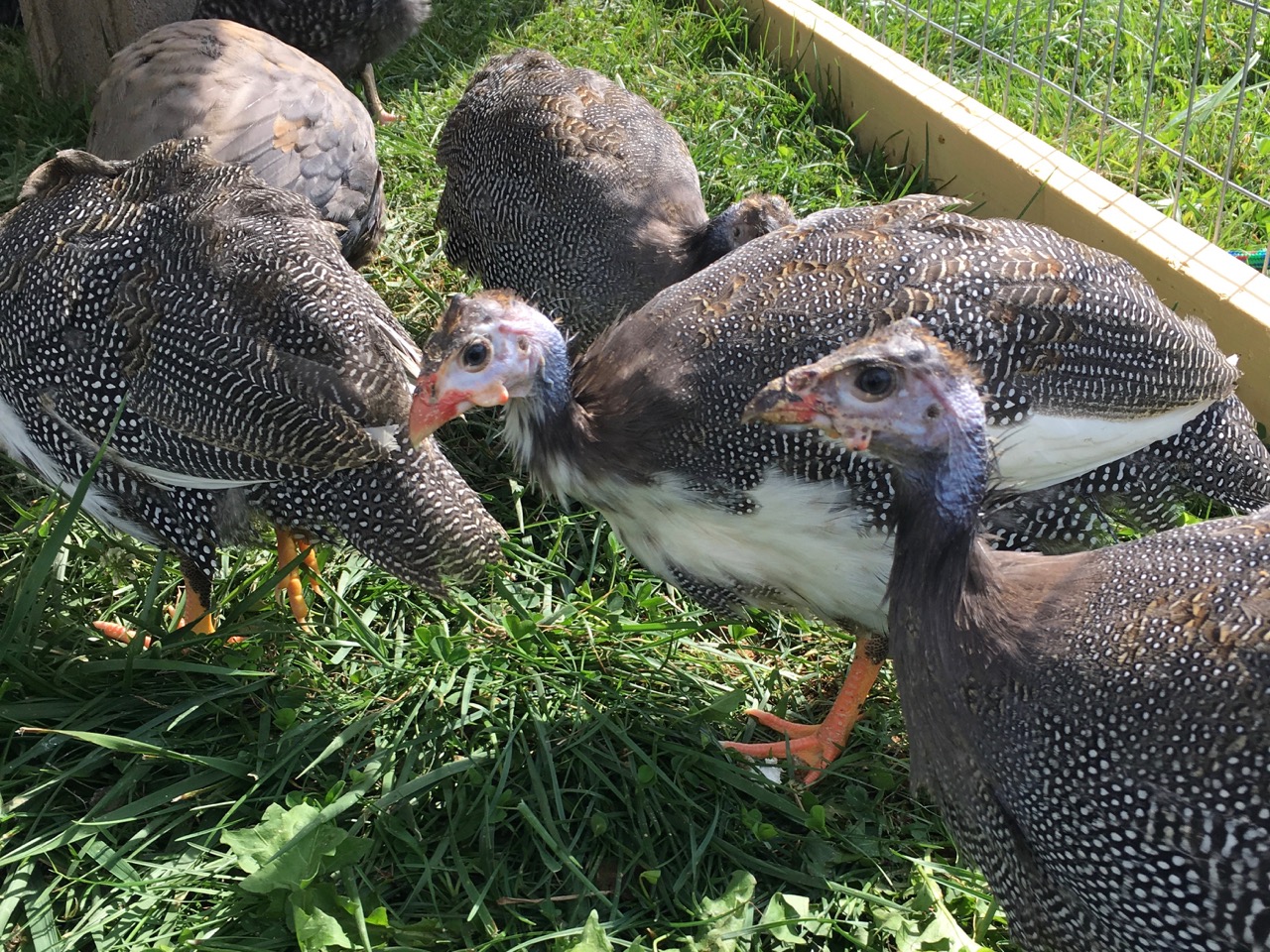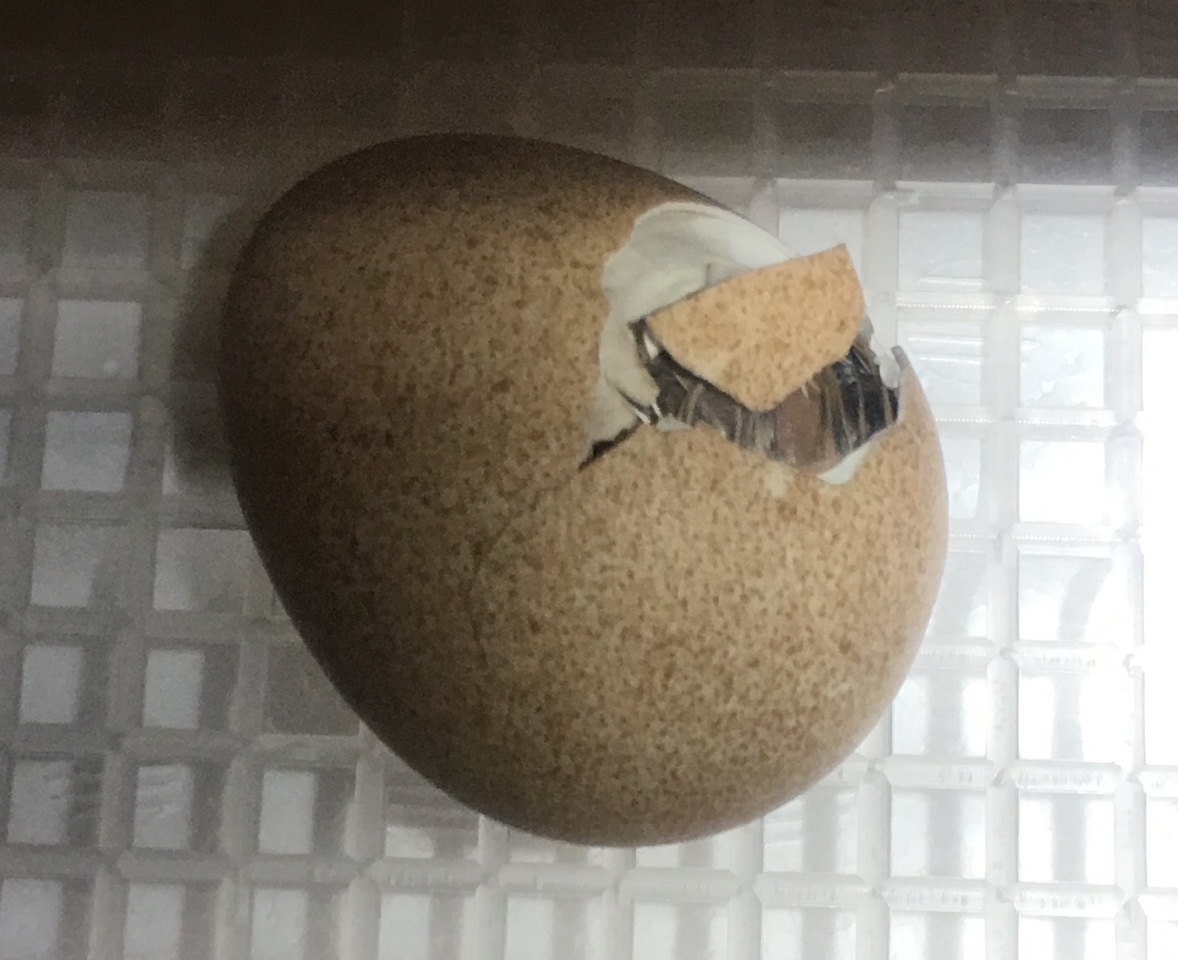
When we went out to do the evening feeding recently, we noticed that a Muscovy duck seemed to be limping as she came up the hill to the feeding area. Limping can indicate a relatively benign injury like a minor sprain or something more serious, like a bumble, so we caught the unhappy girl and took a closer look. What we found was unexpected, and a bit of a shock: her head and bill were bloody. We caught her and put her into a cage in the “infirmary” in the garage for treatment and observation. While you hope that none of your animals ever suffers an injury, in a setting where they free range with the threat of predators, it’s likely that an injury will occur at some point. Continue reading “The Importance Of The Farm (Animal) First Aid Kit”



